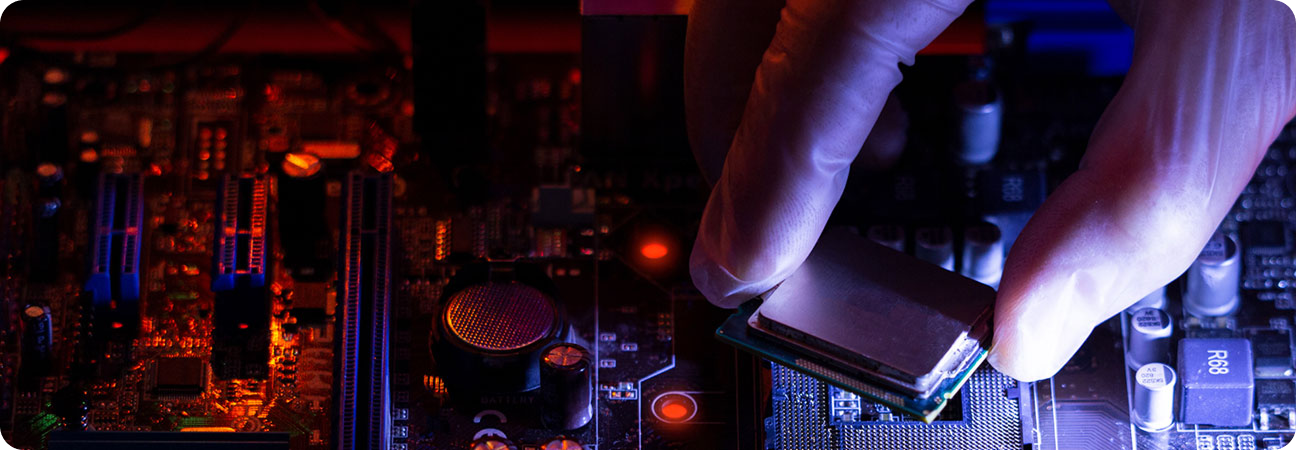The insurance purchasing experience is becoming faster and more automated, with minimal involvement from insurers and customers. Based on individual behavior, AI-driven risk profiling will reduce cycle times for purchasing auto, commercial, or life policies to mere seconds. While auto and home insurers have long offered instant quotes, advances in telematics and IoT devices will further expand instant policy issuance to a broader customer base.
In the life insurance sector, simplified issue products are currently limited to the healthiest applicants and often come at a premium. However, as AI-powered underwriting becomes more precise, insurers will introduce mass-market, instant-issue life insurance policies with highly customized pricing.
Blockchain-Enabled Smart Contracts
Blockchain-powered smart contracts eliminate manual processing, instantly authorizing policy payments and automating policy renewals. This technology:
- Reduces customer acquisition costs
- Eliminates payment verification delays
- Enhances fraud detection and claims processing
AI-integrated drones and IoT sensors proactively assess risks for commercial insurance, instantly generating bindable quotes without manual inspections.
The Rise of Usage-Based and On-Demand Insurance
The shift from traditional annual renewal policies to usage-based models (UBI) continues accelerating. Insurers now offer:
- Pay-per-mile auto insurance for fleet and gig drivers
- Smart home risk monitoring for dynamic homeowners’ insurance
- Pay-by-stay insurance for rental properties (e.g., Airbnb coverage)
Customers can tailor micro coverage elements such as flood protection, fire damage, or home appliance coverage on demand, instantly comparing pricing from multiple carriers.
The New Age of Underwriting and Pricing
By 2030, traditional underwriting will largely disappear for personal and small business P&C policies as AI models instantly analyze risks using real-time IoT data from smart homes and connected vehicles, geospatial analytics for climate risk and catastrophe modeling, and behavioral tracking through telematics and smart security systems. Policies will be priced dynamically, allowing consumers to make real-time decisions that influence their coverage, insurance, and premiums.
As AI underwriting models become standard, regulatory oversight will evolve to ensure fairness and transparency. Regulators will:
- Monitor AI-driven risk scores (ensuring pricing fairness)
- Control data usage in underwriting (restricting genetic or sensitive data)
- Develop policy simulation tools to assess AI models’ predictive accuracy
While price remains a key factor, insurers differentiate themselves with value-added services, predictive risk monitoring, and personalized customer experiences.
The Future of Claims: Proactive, Automated, and Instant
Claims processing in 2030 is largely automated, with AI replacing more than 50% of manual claims handling. Advanced algorithms analyze claims instantly, increasing both speed and accuracy. Drones and IoT sensors detect damage in real time, triggering automatic claim processing Self-driving cars direct themselves to repair shops, reducing downtime Smart home systems detect water leaks or fires, proactively filing claims before damage worsens
Predictive Risk Monitoring and Prevention
Rather than just paying out claims, insurers focus on preventing losses:
- Connected sensors in homes and buildings predict potential damage and alert policyholders
- AI-driven alerts notify customers of high-risk weather conditions and recommend proactive actions
- Real-time catastrophe monitoring via satellites, drones, and IoT enables rapid response during disasters
Fraud Detection and Algorithmic Oversight
AI will handle most claims-related interactions, but human expertise remains crucial for:
- Handling complex claims (catastrophic losses, disputed settlements)
- Investigating fraud (AI flags anomalies, but manual review ensures accuracy)
- Managing regulatory compliance (ensuring AI decisions align with legal guidelines)
By 2030, claim resolutions occur in minutes not days or weeks, enhancing customer satisfaction and reducing insurer expenses.
The Role of Insurance Agents in future
As AI and automation transform P&C insurance, the role of agents shifts from sales to advisory services. With fewer agents in the workforce, the remaining professionals focus on:
- Consulting on complex coverage solutions for property, liability, and specialty insurance
- Using AI-driven tools to tailor personalized risk management strategies
- Leveraging automation to handle a larger client base efficiently
Agents act as trusted risk advisors, helping clients navigate dynamic pricing models, evolving risks, and AI-powered policy optimizations.
